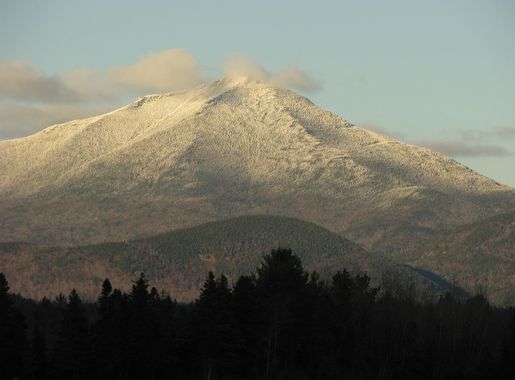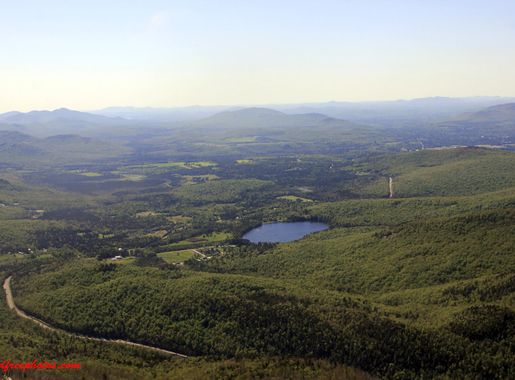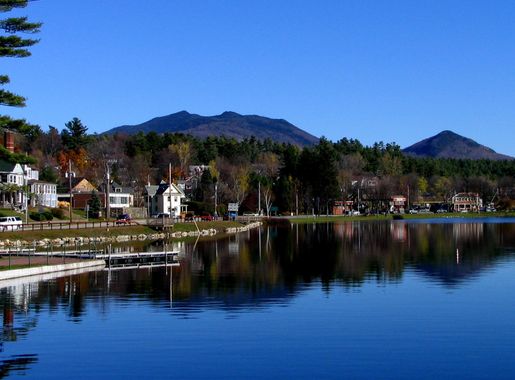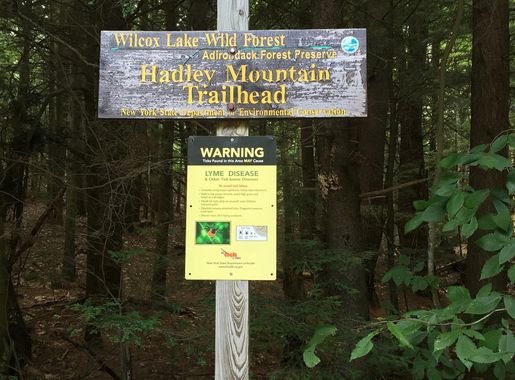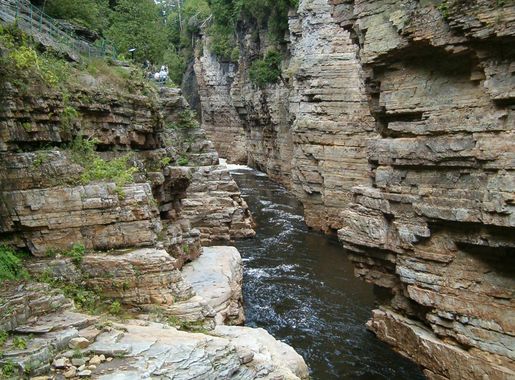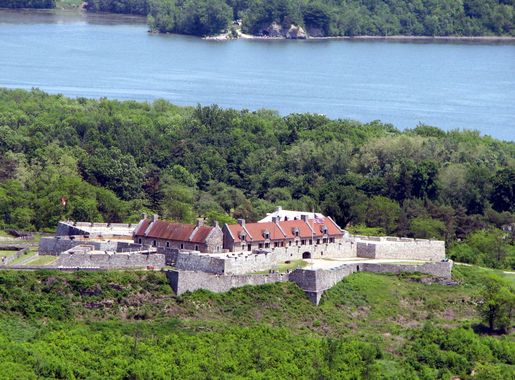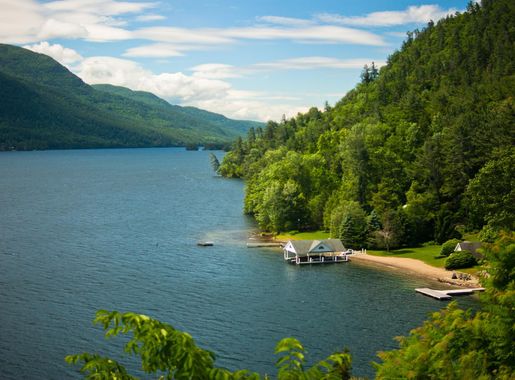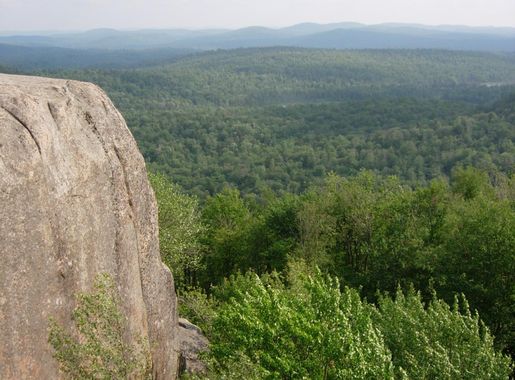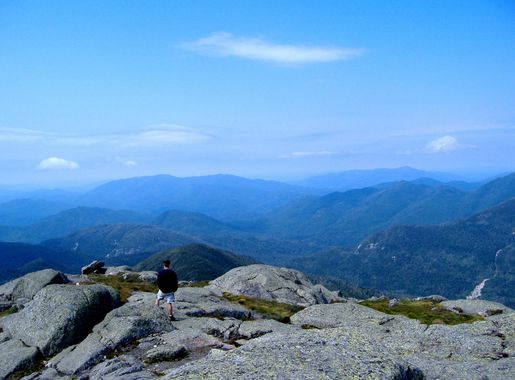
The Majestic Adirondack Mountains
Explore the breathtaking beauty and outdoor adventures of the Adirondack Mountains, a vast wilderness in northeastern New York State with something for everyone.
Nestled in the northeastern part of New York State, the Adirondack Mountains offer a haven for nature lovers and adventure seekers alike. Spanning over six million acres, this vast wilderness area is a paradise of pristine lakes, dense forests, and towering peaks. Whether you're into hiking, fishing, or simply soaking in the tranquil beauty, the Adirondacks provide an unforgettable experience. The region is home to 46 High Peaks, each offering unique trails and breathtaking views. Mount Marcy, the highest peak in New York, is a must-visit for avid hikers. For those looking to relax, Lake Placid and Saranac Lake offer charming villages with a variety of dining and lodging options. The Adirondacks are also steeped in history, with historic sites like Fort Ticonderoga offering a glimpse into the past. Winter transforms the Adirondacks into a wonderland of snow-covered landscapes, perfect for skiing, snowshoeing, and ice fishing. The region's diverse wildlife, including moose and bald eagles, adds to the allure. With so much to see and do, the Adirondack Mountains promise a rich and varied adventure for every traveler.
Local tips in Adirondack Mountains
- Visit in the fall for stunning foliage views.
- Pack layers, as weather can change quickly in the mountains.
- Book accommodations in advance during peak seasons.
- Consider a guided tour to learn about local history and wildlife.
- Carry a map and compass; cell service can be unreliable in remote areas.
The Majestic Adirondack Mountains
Nestled in the northeastern part of New York State, the Adirondack Mountains offer a haven for nature lovers and adventure seekers alike. Spanning over six million acres, this vast wilderness area is a paradise of pristine lakes, dense forests, and towering peaks. Whether you're into hiking, fishing, or simply soaking in the tranquil beauty, the Adirondacks provide an unforgettable experience. The region is home to 46 High Peaks, each offering unique trails and breathtaking views. Mount Marcy, the highest peak in New York, is a must-visit for avid hikers. For those looking to relax, Lake Placid and Saranac Lake offer charming villages with a variety of dining and lodging options. The Adirondacks are also steeped in history, with historic sites like Fort Ticonderoga offering a glimpse into the past. Winter transforms the Adirondacks into a wonderland of snow-covered landscapes, perfect for skiing, snowshoeing, and ice fishing. The region's diverse wildlife, including moose and bald eagles, adds to the allure. With so much to see and do, the Adirondack Mountains promise a rich and varied adventure for every traveler.
When is the best time to go to Adirondack Mountains?
Iconic landmarks you can’t miss
Ausable Chasm
Experience the breathtaking beauty and thrilling adventures at Ausable Chasm, New York's stunning natural wonder and outdoor playground.

The Wild Center
Discover the breathtaking beauty of nature at The Wild Center, a natural history museum that brings the Adirondacks to life through interactive exhibits and outdoor adventures.
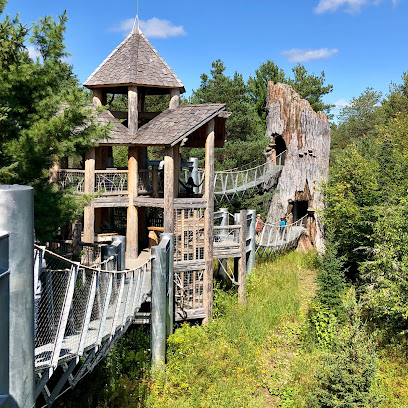
Fort Ticonderoga
Discover Fort Ticonderoga, a historic fortress and museum overlooking Lake Champlain, steeped in rich American history and stunning views.
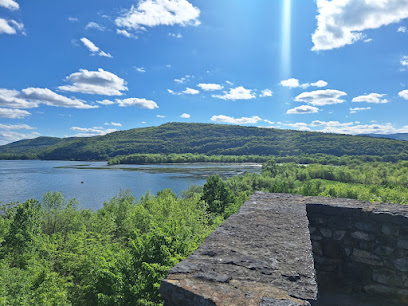
High Falls Gorge
Experience the breathtaking beauty of High Falls Gorge with stunning waterfalls, scenic trails, and a serene atmosphere perfect for nature lovers.

Fort William Henry
Explore the rich history of Fort William Henry, a captivating museum and historical landmark on the shores of Lake George, NY.
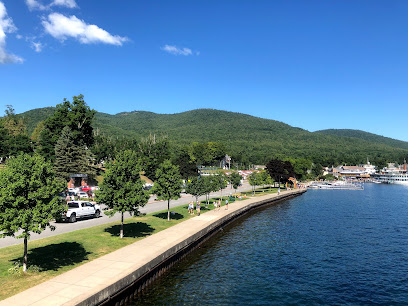
Natural Stone Bridge & Caves
Explore the Natural Stone Bridge & Caves, a breathtaking natural wonder in Pottersville, NY, featuring stunning hiking trails and unique geological formations.
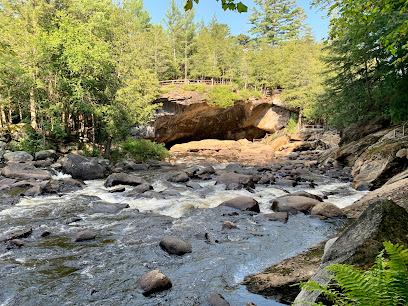
Adirondack Experience, The Museum on Blue Mountain Lake
Experience the rich history and culture of the Adirondacks at the Adirondack Experience, a must-visit museum on Blue Mountain Lake.
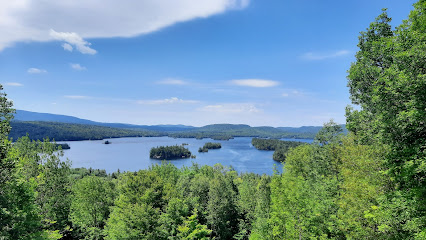
High Peaks Wilderness
Explore the breathtaking beauty of the High Peaks Wilderness, a natural paradise in New York's Adirondack Mountains, offering adventure and tranquility.
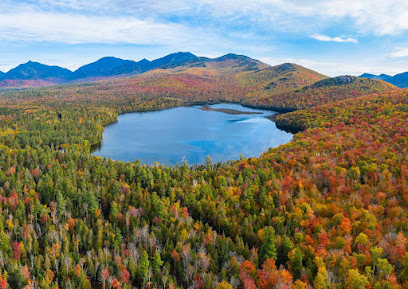
Shelving Rock Falls
Experience the enchanting beauty of Shelving Rock Falls, a must-visit hiking destination in Fort Ann, New York, perfect for nature lovers and adventurers.
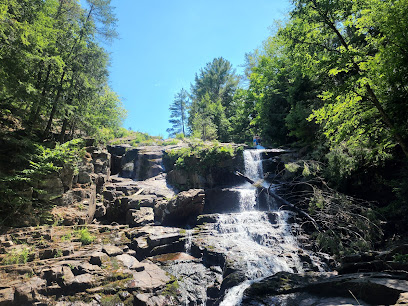
His Majesty's Fort at Crown Point
Uncover the historical significance of His Majesty's Fort at Crown Point, a stunning landmark filled with stories from the French and Indian War.
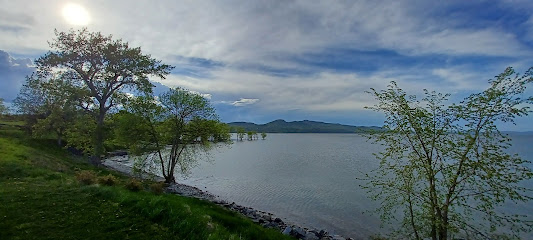
John Brown Farm State Historic Site
Explore the legacy of John Brown at this historic site, where history and nature intertwine in the heart of Lake Placid, New York.
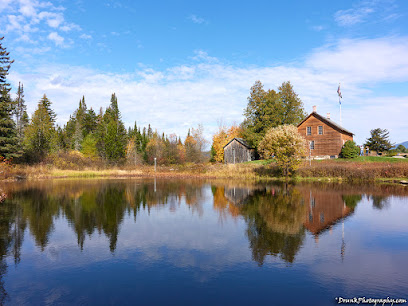
Ulysses S. Grant Cottage National Historic Landmark
Discover the legacy of Ulysses S. Grant at this historic cottage, where nature meets history in the heart of New York.
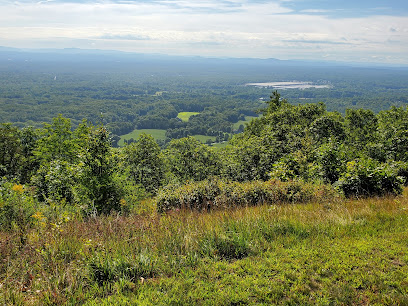
Adirondack Carousel
Experience the magic of the Adirondack Carousel, where artistry meets amusement in the heart of Saranac Lake.

Adirondack Park
Explore the natural wonders of Adirondack Park, a vast expanse of wilderness perfect for outdoor adventures and serene retreats.
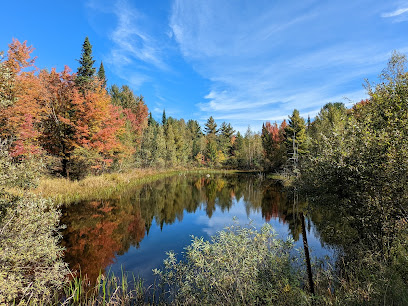
Marcy Dam
Explore the breathtaking beauty of Marcy Dam in the Adirondack Mountains, an essential destination for nature lovers and outdoor adventurers.
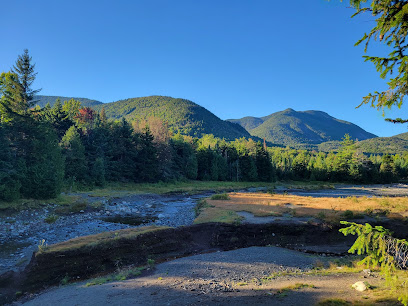
Unmissable attractions to see
Ausable Chasm
Explore the breathtaking Ausable Chasm, a natural wonder in New York offering adventure sports, scenic views, and outdoor activities for every nature lover.
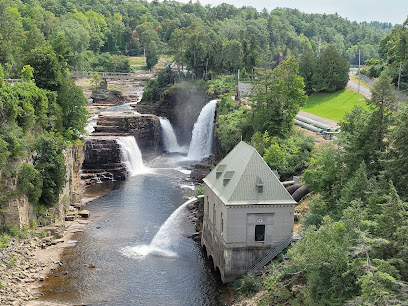
The Wild Center
Explore the breathtaking beauty of The Wild Center, a natural history museum celebrating the wonders of the Adirondacks and its diverse ecosystems.
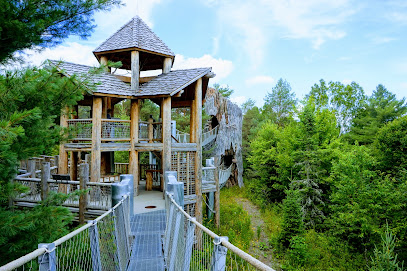
Fort Ticonderoga
Explore Fort Ticonderoga, a historic fortress and museum that brings the American Revolutionary era to life amidst stunning landscapes in New York.
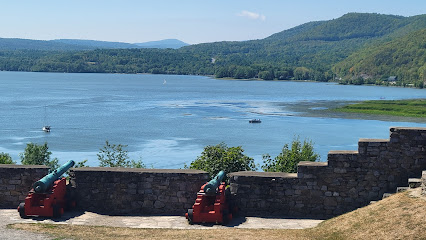
Adirondack Extreme Adventure Course
Experience the thrill of the Adirondack Extreme Adventure Course, where breathtaking nature meets exhilarating outdoor fun for everyone.
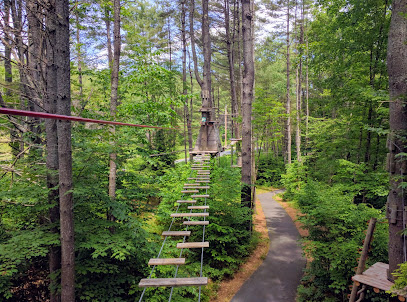
Natural Stone Bridge & Caves
Explore the Natural Stone Bridge & Caves, a stunning geological wonder in Pottersville, NY, offering hiking, caves, and unique gift shopping.
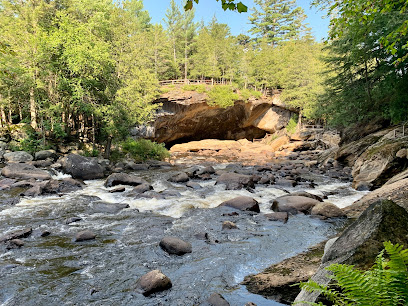
Lake Placid Olympic Museum
Discover the rich heritage of winter sports at the Lake Placid Olympic Museum, a captivating journey through Olympic history and athletic achievement.
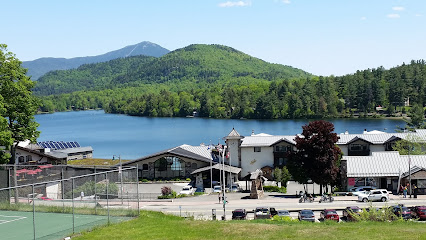
Adirondack Adventure Center
Discover thrilling adventures and breathtaking views at Adirondack Adventure Center, the ultimate destination for outdoor enthusiasts in Lake Luzerne, New York.
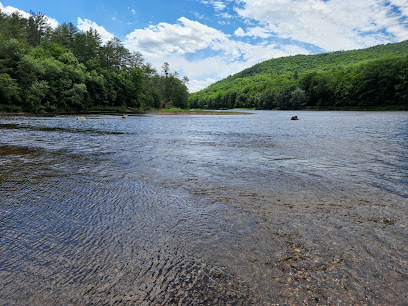
Charles R. Wood Park
Explore the beauty and tranquility of Charles R. Wood Park in Lake George, NY, where nature meets community events in a perfect getaway.
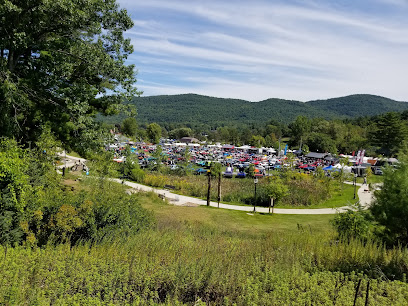
Cloudsplitter Gondola
Experience breathtaking views in the Adirondack Mountains with a gondola ride at the Cloudsplitter Gondola, a top tourist attraction in Wilmington, NY.

McKenzie Mountain Wilderness
Experience the breathtaking beauty of McKenzie Mountain Wilderness, a natural paradise for hiking, camping, and wildlife observation in New York.
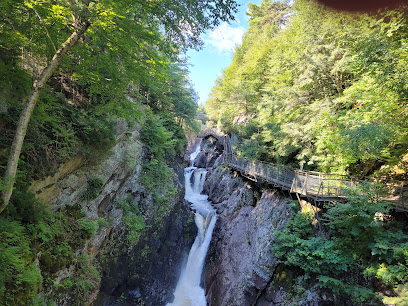
John Brown Farm State Historic Site
Discover the legacy of abolitionist John Brown amid the serene landscapes of Lake Placid at this engaging historic site.
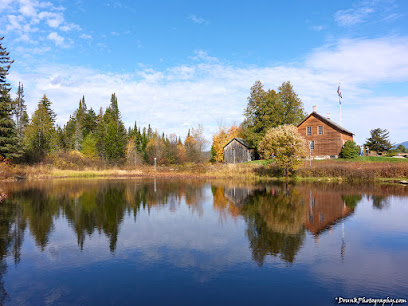
Adirondack Park
Discover the breathtaking landscapes and outdoor adventures of Adirondack Park, New York's largest and most scenic natural treasure.
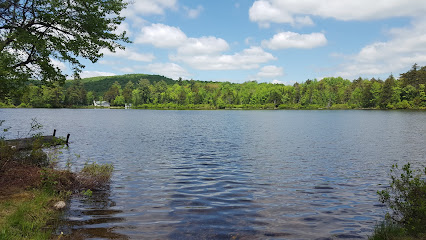
Riverside Park
Explore Riverside Park in Saranac Lake, where nature meets recreation in a stunning Adirondack setting, perfect for relaxation and adventure.
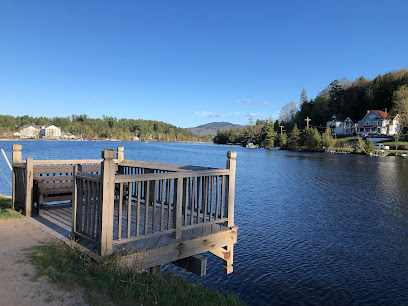
Giant Mountain Wilderness
Discover the breathtaking beauty of Giant Mountain Wilderness in New York, a haven for nature lovers and adventure seekers alike.
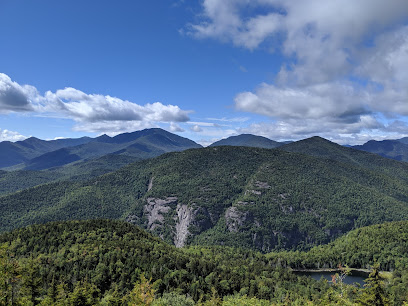
Dix Mountain Wilderness
Explore the breathtaking landscapes and tranquil beauty of Dix Mountain Wilderness, a nature lover's paradise in the heart of the Adirondacks.
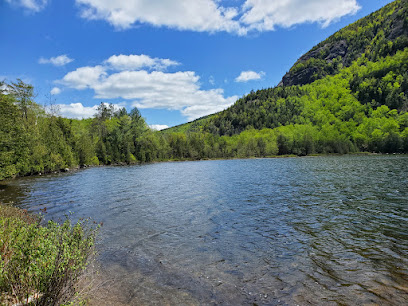
Essential places to dine
The Log Jam Restaurant
Experience delightful steak and seafood dishes at The Log Jam Restaurant in scenic Lake George - a must-visit culinary gem.
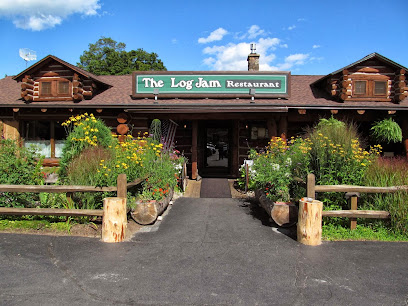
Smoke Signals
Experience the best of American cuisine at Smoke Signals in Lake Placid – where great food meets stunning mountain views.
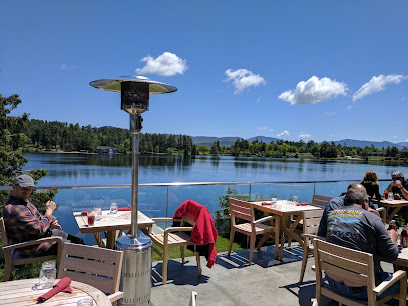
Lisa G's
Experience American cuisine with a twist at Lisa G's in Lake Placid—where delicious meals meet vibrant atmosphere.
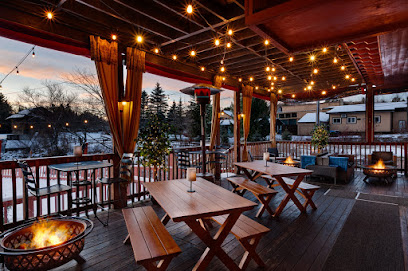
Black Bear Restaurant
Discover delicious steak and seafood at Black Bear Restaurant in Lake Placid - a must-visit culinary experience amidst breathtaking scenery.
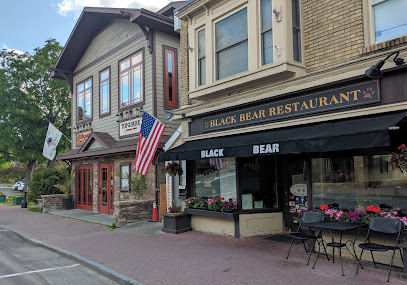
Sticks & Stones Wood Fired Bistro & Bar
Discover delightful wood-fired dishes at Sticks & Stones Bistro & Bar in scenic Schroon Lake – where great food meets rustic charm.
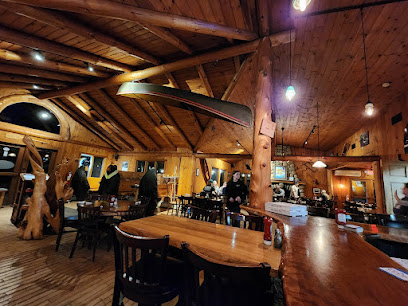
Great Adirondack Brewing Company (formerly Great Adirondack Steak and Seafood)
Discover Great Adirondack Brewing Company in Lake Placid: Craft beers and delicious steaks await in a scenic setting perfect for all visitors.

Algonquin Restaurant
Experience culinary excellence at Algonquin Restaurant in Bolton Landing—where savory steak meets fresh seafood amidst stunning lakeside views.
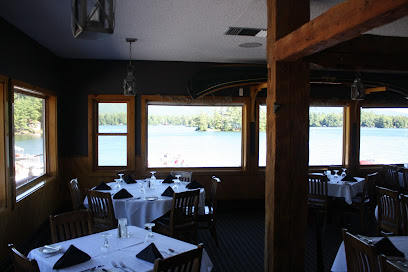
The Cottage at Mirror Lake Inn
Experience exquisite New American cuisine surrounded by breathtaking views at The Cottage at Mirror Lake Inn in scenic Lake Placid.
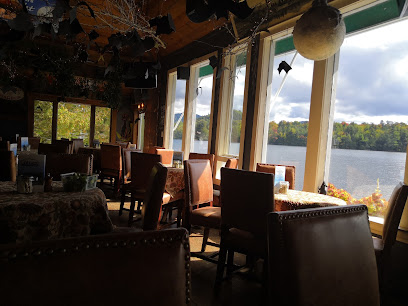
The Olde Log Inn
Experience cozy dining at The Olde Log Inn in Lake George - where American cuisine meets rustic charm amidst stunning views.
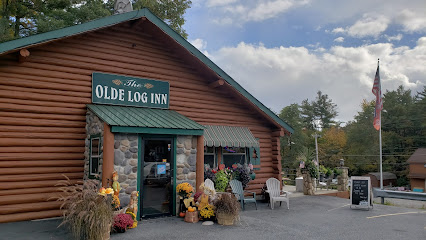
Dancing Bears Restaurant
Discover culinary excellence at Dancing Bears Restaurant in Lake Placid – where local flavors meet warm hospitality.
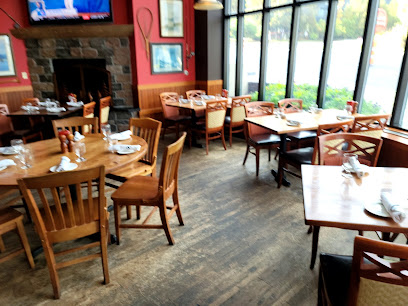
Lake George Shoreline Restaurant
Savor American cuisine while enjoying breathtaking views at Lake George Shoreline Restaurant - a perfect getaway for food lovers.

Lanzi's on the Lake Restaurant & Marina
Experience delightful Italian cuisine at Lanzi's on the Lake Restaurant & Marina while enjoying stunning views in Mayfield, NY.
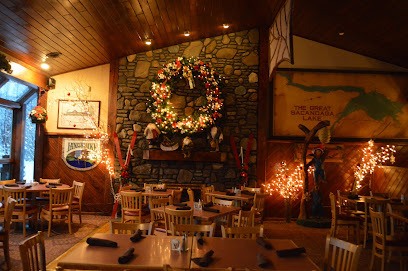
Dack Shack
Discover Dack Shack in Lake Placid: where American comfort food meets friendly service in a cozy diner setting.
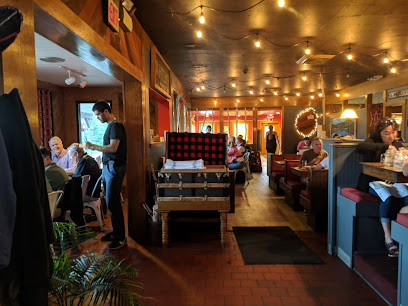
Basil & Wick's
Discover Basil & Wick's in North Creek - where American cuisine meets cozy ambiance amidst the stunning Adirondack scenery.
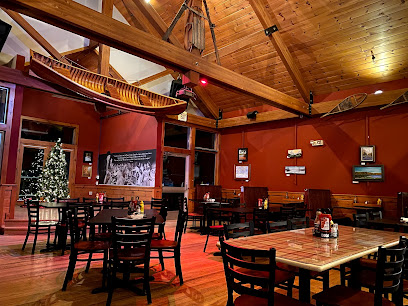
Red Fox Restaurant
Discover delightful dining at Red Fox Restaurant in Saranac Lake - where every meal is a celebration of flavor and warmth.
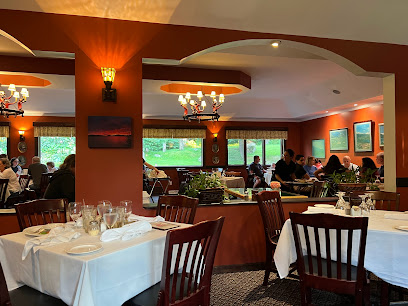
Markets, malls and hidden boutiques
Speculator Department Store
Explore a delightful shopping experience at Speculator Department Store, where you can find clothing, jewelry, outdoor gear, and unique Adirondack souvenirs.
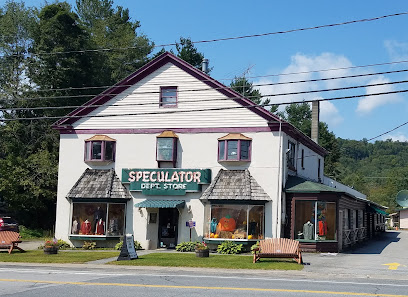
Adirondack General Store
Experience the essence of the Adirondacks at the Adirondack General Store, your one-stop shop for local artisan goods and unique gifts.
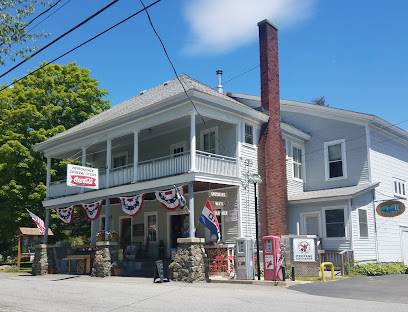
Life in the ADK
Explore Life in the ADK for unique souvenirs and local crafts that embody the spirit of the Adirondacks.
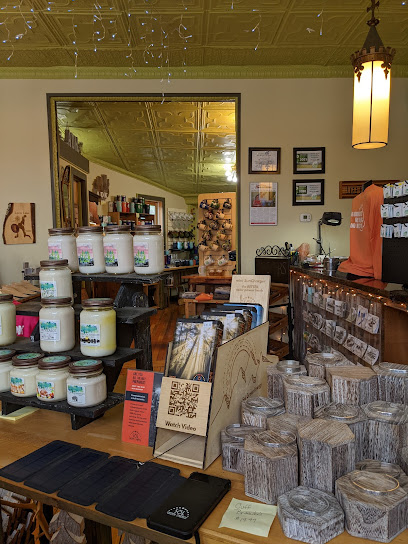
Indian Tepee Gift Shop
Explore the charm of Bolton Landing with unique gifts and clothing at Indian Tepee Gift Shop, a treasure trove for tourists and locals alike.
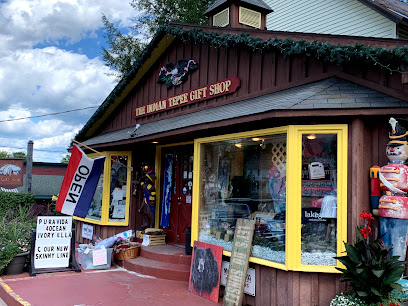
Imagination Station
Discover a world of creativity and fun at Imagination Station, Lake Placid's premier game and gift store, perfect for all ages.
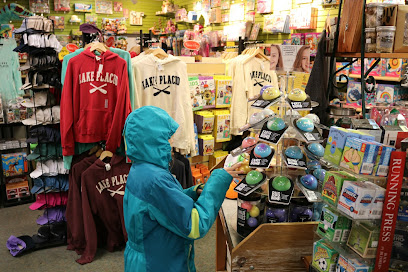
Adirondack Artworks
Discover the essence of the Adirondacks at Adirondack Artworks, a charming gift shop and art gallery showcasing local artistry and handmade treasures.
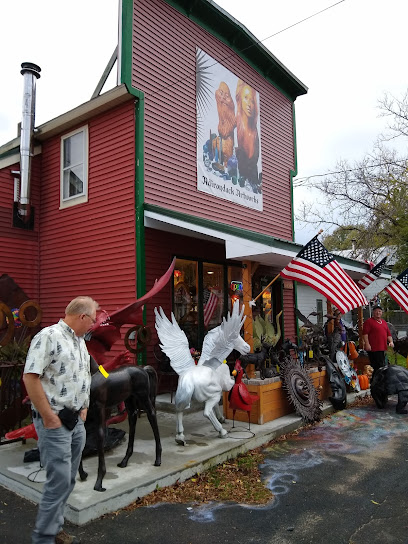
Adirondack Country Store
Explore the Adirondack Country Store for unique gifts, handcrafted items, and a taste of local culture in Northville, New York.
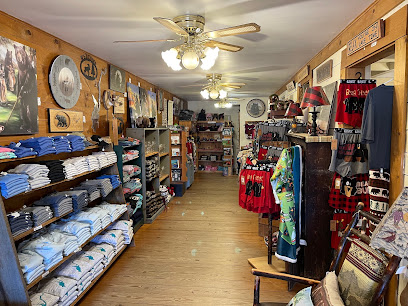
There & Back Again
Explore 'There & Back Again' in Lake Placid for unique gifts, clothing, and souvenirs that embody the charm and spirit of the region.
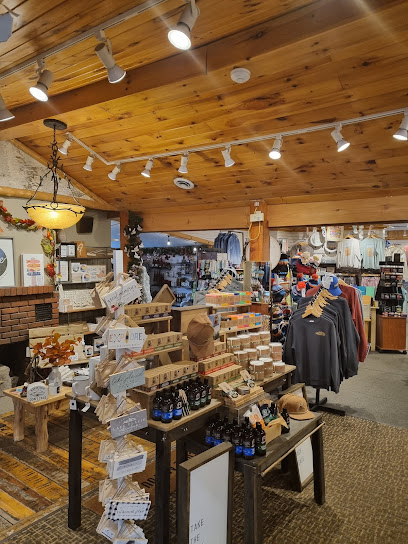
Critters
Discover unique souvenirs and local crafts at Critters, the charming gift shop in Lake Placid, NY, perfect for tourists seeking memorable treasures.
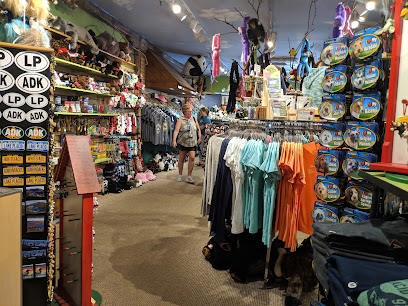
Adirondack Outlet Mall
Experience unbeatable shopping deals at the Adirondack Outlet Mall, surrounded by the stunning beauty of Lake George, New York.

Adirondack Decorative Arts & Crafts
Discover unique handmade crafts and local art treasures at Adirondack Decorative Arts & Crafts in Lake Placid, NY.

Hudson River Trading Co.
Explore Hudson River Trading Co. for unique gifts, local crafts, and outdoor gear in North Creek, NY, the heart of the Adirondacks.

The Birch Store
Discover a wide range of clothing, home goods, and unique gifts at The Birch Store in Keene Valley—an essential shopping stop for every traveler.
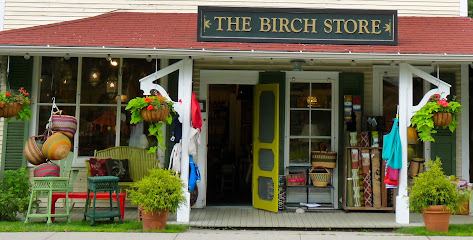
Lake George Shop
Explore the enchanting Lake George Shop for unique souvenirs and Adirondack-themed gifts that capture the essence of your visit.
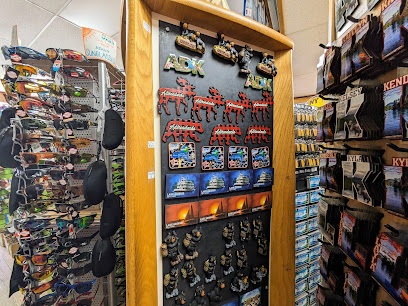
The Community Store
Explore The Community Store in Saranac Lake for unique clothing and accessories that capture the essence of local culture and community spirit.

Essential bars & hidden hideouts
Black Bear Restaurant
Experience the delicious flavors of Lake Placid at Black Bear Restaurant, offering steaks, seafood, and a cozy atmosphere.
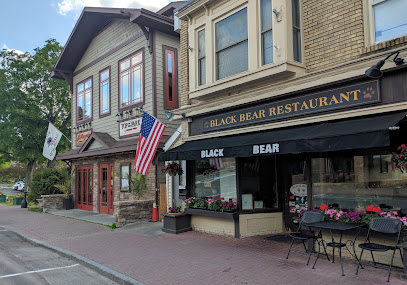
Great Adirondack Brewing Company (formerly Great Adirondack Steak and Seafood)
Discover local flavors at Great Adirondack Brewing Company, a perfect brewpub in Lake Placid serving delicious steaks and craft beers.
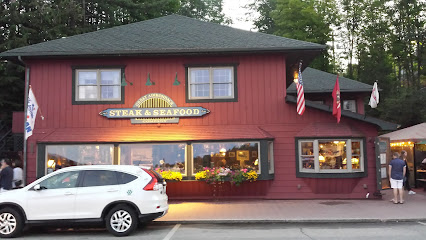
The Pickled Pig
Discover the ultimate dining experience at The Pickled Pig, where delicious barbecue meets a cozy gastropub atmosphere in Lake Placid.

Adirondack Pub & Brewery
Experience the best of Lake George with craft brews and family-friendly dining at Adirondack Pub & Brewery.
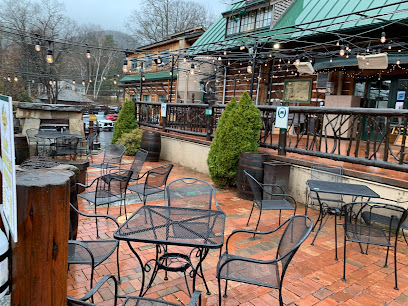
Slickers Adirondack Tavern
Experience the charm of Slickers Adirondack Tavern in Old Forge, where American cuisine meets a cozy atmosphere in the heart of the Adirondacks.
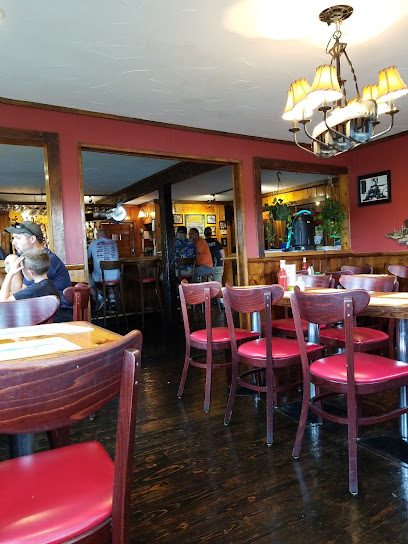
Lake Placid Pub & Brewery
Experience the heart of Lake Placid with locally brewed beers, delicious food, and breathtaking views at Lake Placid Pub & Brewery.
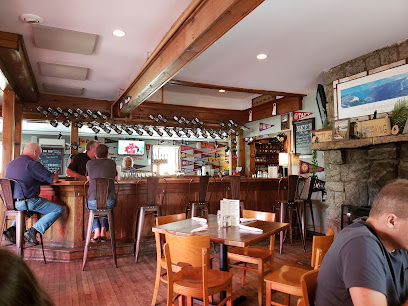
Big Slide Brewery & Public House
Explore the best of Lake Placid at Big Slide Brewery & Public House, where craft beer meets gourmet dining in a stunning Adirondack setting.
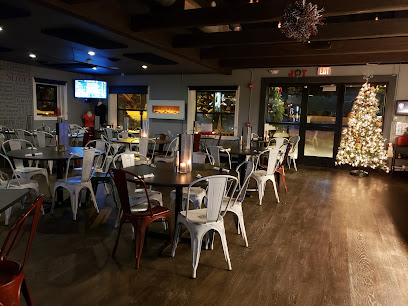
Adirondack Bar and Grill
Discover the heart of Adirondack cuisine at the Adirondack Bar and Grill, where flavor meets local charm in a cozy setting.
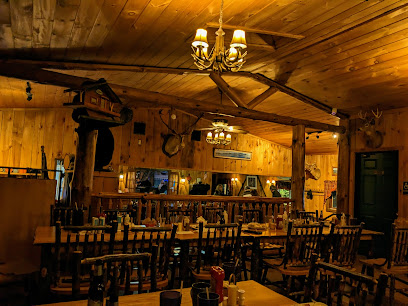
Flanagan's Pub & Grill
Discover the charm of Flanagan's Pub & Grill, a family-friendly bar and restaurant in Schroon Lake, serving delicious food and craft beers.
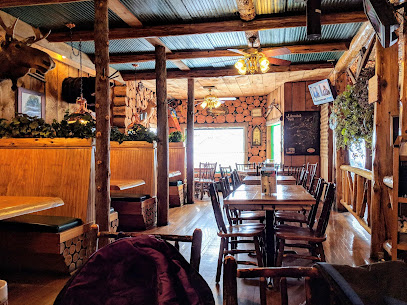
Dack Shack
Discover the warmth of American dining at Dack Shack in Lake Placid, where hearty meals and friendly service await you.
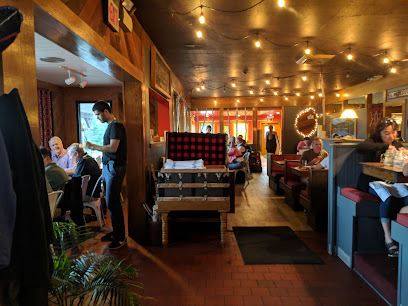
Top Of The Park
Experience the perfect blend of breathtaking views and vibrant nightlife at Top Of The Park, the premier bar in Lake Placid.
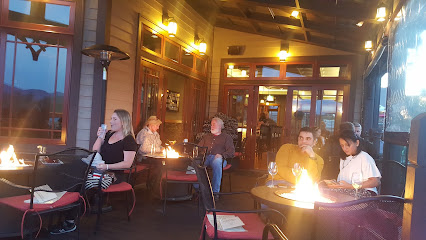
Wiseguys Sports Bar & Grill
Discover Wiseguys Sports Bar & Grill in Lake Placid: a local favorite for delicious food, great drinks, and a vibrant sports atmosphere.
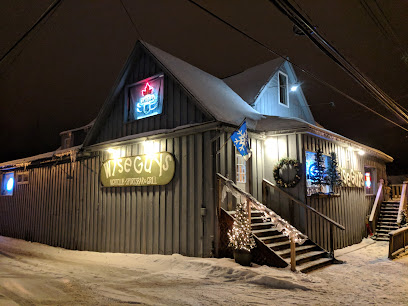
becks TAVERN
Experience the perfect blend of German cuisine and American bar favorites at Beck's Tavern in North Creek, NY, where every meal is a delight.
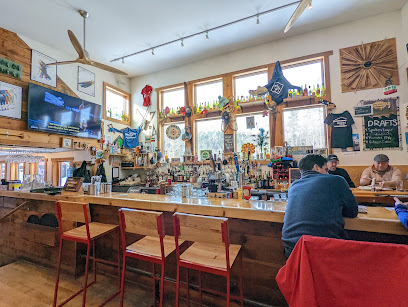
Players Waterfront Eatery
Discover culinary delights and breathtaking lake views at Players Waterfront Eatery, the ultimate destination for food lovers and sports enthusiasts in Lake Placid.
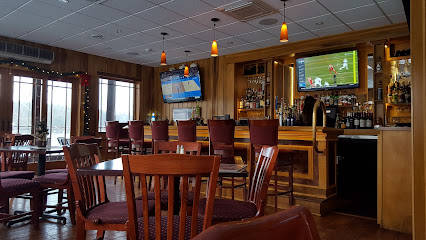
Zig Zags Pub
Discover the lively atmosphere of Zig Zags Pub in Lake Placid, where great drinks meet unforgettable experiences in the heart of the Adirondacks.
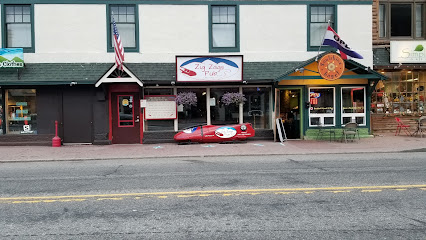
Local Phrases about Adirondack Mountains
-
- HelloHowdy
[Hou-dee] - GoodbyeSo long
[So long] - YesYup
[Yup] - NoNah
[Nah] - Please/You're welcomePlease and thank ya
[Pleez and thank ya] - Thank youMuch obliged
[Muhch uh-blahy-jd] - Excuse me/SorryBeggin' yer pardon
[Beggin' yer par-dn] - How are you?How's it goin'?
[Houz it go-in?] - Fine. And you?Right as rain. And you?
[Ryt az rain. And you?] - Do you speak English?Ya talk English?
[Ya talk English?] - I don't understandI ain't gettin' ya
[I ent get-tin' ya]
- HelloHowdy
-
- I'd like to see the menu, pleaseMind showin' me the grub list?
[Mynd show-in' me the grub list?] - I don't eat meatI don't fancy no meat
[I don't fan-see no meat] - Cheers!Bottoms up!
[Bot-ums up!] - I would like to pay, pleaseI reckon I'll settle up now
[I reckon I'll settle up now]
- I'd like to see the menu, pleaseMind showin' me the grub list?
-
- Help!SOS!
[SOS!] - Go away!Scram!
[Scram!] - Call the Police!Fetch the law!
[Fetch the law!] - Call a doctor!Get the doc!
[Get the doc!] - I'm lostI'm turned around
[I'm turned uh-round] - I'm illI'm feelin' poorly
[I'm feel-in' poor-lee]
- Help!SOS!
-
- I'd like to buy...I'm lookin' to purchase...
[I'm look-in' to purchase...] - I'm just lookingJus' browsin'
[Jus' browz-in'] - How much is it?What's the damage?
[What's the dam-ij?] - That's too expensiveThat's a mite pricey
[That's uh myt prahy-see] - Can you lower the price?Can ya knock a bit off?
[Can ya knock uh bit off?]
- I'd like to buy...I'm lookin' to purchase...
-
- What time is it?What's the hour?
[What's the our?] - It's one o'clockIt's one
[It's one] - Half past (10)Ten-thirty
[Ten-thur-tee] - MorningMornin'
[Morn-in'] - AfternoonAfternoon
[Afternoon] - EveningEvenin'
[Even-in'] - YesterdayYest'day
[Yest-day] - TodayToday
[Today] - TomorrowTomorrah
[Tom-ah-rah] - 1One
[Wun] - 2Two
[Too] - 3Three
[Three] - 4Four
[Fohr] - 5Five
[Fahyv] - 6Six
[Siks] - 7Seven
[Sev-n] - 8Eight
[Ayt] - 9Nine
[Nahyn] - 10Ten
[Tehn]
- What time is it?What's the hour?
-
- Where's a/the...?Where's the...
[Where's the...] - What's the address?Where's it locat'd?
[Where's it locat'd?] - Can you show me (on the map)?Can ya point it out (on the map)?
[Can ya point it out (on the map)?] - When's the next (bus)?When's the next one (bus)?
[When's the next one (bus)?] - A ticket (to ....)A pass (to ....)
[A pass (to ....)]
- Where's a/the...?Where's the...
History of Adirondack Mountains
-
Long before European settlers arrived, the Adirondack Mountains were home to the Iroquois and Algonquin tribes. These Indigenous peoples used the region's abundant natural resources for hunting, fishing, and gathering, and they created extensive trade routes that traversed the rugged terrain. The name 'Adirondack' itself is derived from the Mohawk word 'ha-de-ron-dah,' meaning 'bark eater,' a term used to describe the Algonquins.
-
The first European known to have explored the Adirondacks was Samuel de Champlain in the early 17th century. His accounts of the region sparked interest among French and English settlers. However, the dense forests and challenging terrain deterred large-scale settlement for many years. It wasn’t until the late 18th and early 19th centuries that European settlers began to establish permanent communities, drawn by the promise of land and resources.
-
The 19th century saw the rise of the timber industry in the Adirondacks. With vast forests of pine, spruce, and hardwood, logging became a major economic activity. Lumber camps and mills sprang up throughout the region, and log drives on the Ausable and Hudson Rivers were a common sight. This era also witnessed significant environmental impacts, leading to the eventual creation of conservation movements.
-
In response to the widespread deforestation and environmental degradation caused by unregulated logging, the New York State Legislature established the Adirondack Park in 1892. Encompassing over six million acres, it is one of the largest protected areas in the United States. The park's creation was a pioneering effort in the conservation movement, aiming to preserve the region's natural beauty and biodiversity for future generations.
-
The late 19th and early 20th centuries were marked by the construction of opulent 'Great Camps' by wealthy industrialists and financiers. These sprawling estates, built in rustic yet luxurious styles, offered a retreat from urban life. Notable examples include William West Durant's Camp Pine Knot and the Rockefeller family's The Point. The Great Camps symbolized the Gilded Age's extravagance and left a lasting architectural legacy in the Adirondacks.
-
The Adirondack Mountains have long been a haven for outdoor enthusiasts. The late 19th and early 20th centuries saw the establishment of numerous trails, campsites, and recreational facilities, encouraging activities such as hiking, fishing, and skiing. The Adirondack Mountain Club, founded in 1922, played a crucial role in promoting and maintaining these outdoor pursuits. Today, the region is renowned for its extensive trail network, including the High Peaks Wilderness Area.
-
In recent decades, the focus on conservation and sustainable development has intensified. Organizations such as the Adirondack Council and the Adirondack Conservancy work tirelessly to protect the park's unique ecosystems and promote environmentally responsible tourism. Efforts include habitat restoration, invasive species management, and advocating for policies that balance human activity with ecological preservation.
Adirondack Mountains Essentials
-
The Adirondack Mountains are located in northeastern New York State. The closest major airports are Albany International Airport (ALB) and Burlington International Airport (BTV) in Vermont. From these airports, you can rent a car and drive to the Adirondacks, which typically takes around 2 to 3 hours. Amtrak also provides train services to the region, with stops in towns like Westport and Plattsburgh. Alternatively, Greyhound and Trailways offer bus services to several towns within the Adirondacks.
-
While public transportation options are limited within the Adirondack Mountains, having a car is highly recommended for exploring the region. Car rentals are available at nearby airports and major towns. For those who prefer not to drive, local taxi services and rideshare options like Uber and Lyft are available, but may be less frequent in remote areas. During the winter months, snowmobiles are a popular mode of transport for both locals and tourists.
-
The official currency in the United States is the US Dollar (USD). Credit and debit cards are widely accepted in most establishments, including hotels, restaurants, and shops. However, it is advisable to carry some cash, especially when visiting smaller towns and remote areas where card payments might not be accepted. ATMs are available in larger towns and popular tourist destinations.
-
The Adirondack Mountains are generally a safe destination for tourists. However, it is always wise to take standard precautions. Avoid leaving valuables in your car and be cautious when hiking or exploring remote areas. While crime rates are low, it is advisable to stay aware of your surroundings, especially in less populated areas. No specific neighborhoods with high crime rates targeting tourists have been identified.
-
In case of emergency, dial 911 for immediate assistance. Medical facilities are available in larger towns such as Lake Placid and Saranac Lake. It is recommended to have travel insurance that covers medical emergencies. For minor health issues, pharmacies are available in most towns. If you are venturing into the wilderness, carry a first aid kit, a map, and a compass or GPS device.
-
Fashion: Do dress in layers and wear appropriate outdoor gear, especially if you plan to hike or engage in other outdoor activities. Avoid wearing heavy perfumes or colognes, as they can attract insects. Religion: There are no specific religious customs you need to be aware of, but always be respectful when visiting any place of worship. Public Transport: Do plan your trips ahead of time as public transport is limited. Don't expect frequent bus or train services within the region. Greetings: Do greet people with a friendly 'hello' or 'hi.' Handshakes are common but not mandatory. Eating & Drinking: Do try local specialties like maple syrup products and Adirondack-crafted beers. Don't leave food unattended in campsites as it can attract wildlife.
-
To experience the Adirondack Mountains like a local, visit the farmers' markets where you can purchase fresh produce and artisanal goods. Engage in popular local activities like hiking, fishing, and canoeing. Attend seasonal events such as the Saranac Lake Winter Carnival or the Lake Placid Ironman. For a unique experience, take a scenic drive along the Adirondack Northway (I-87) or visit the Wild Center in Tupper Lake for an immersive nature experience.
Trending Landmarks in Adirondack Mountains
-
Ausable Chasm
-
The Wild Center
-
Fort Ticonderoga
-
High Falls Gorge
-
Fort William Henry
-
Natural Stone Bridge & Caves
-
Adirondack Experience, The Museum on Blue Mountain Lake
-
High Peaks Wilderness
-
Shelving Rock Falls
-
His Majesty's Fort at Crown Point
-
John Brown Farm State Historic Site
-
Ulysses S. Grant Cottage National Historic Landmark
-
Adirondack Carousel
-
Adirondack Park
-
Marcy Dam
Nearby Cities to Adirondack Mountains
-
Things To Do in Middlebury
-
Things To Do in Burlington
-
Things To Do in Rutland
-
Things To Do in Killington
-
Things To Do in Stowe
-
Things To Do in Montpelier
-
Things To Do in Saratoga Springs
-
Things To Do in Woodstock
-
Things To Do in Hanover
-
Things To Do in Bennington
-
Things To Do in Montreal
-
Things To Do in Albany
-
Things To Do in Brattleboro
-
Things To Do in Keene
-
Things To Do in Laconia

